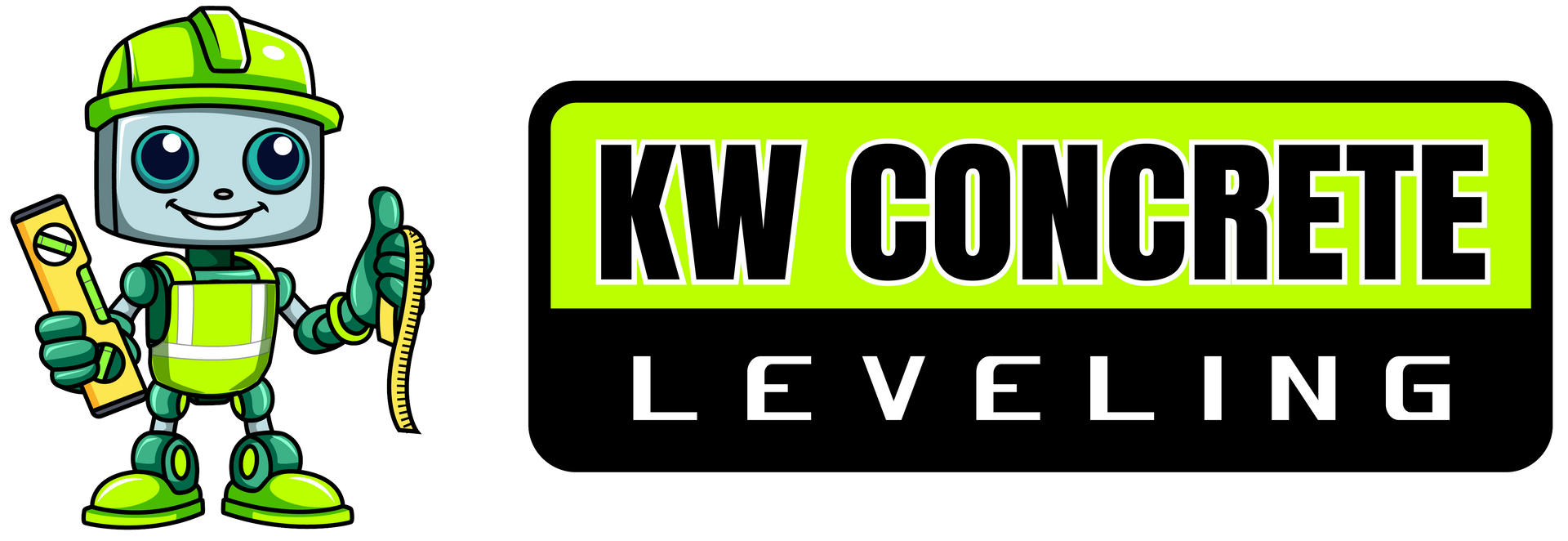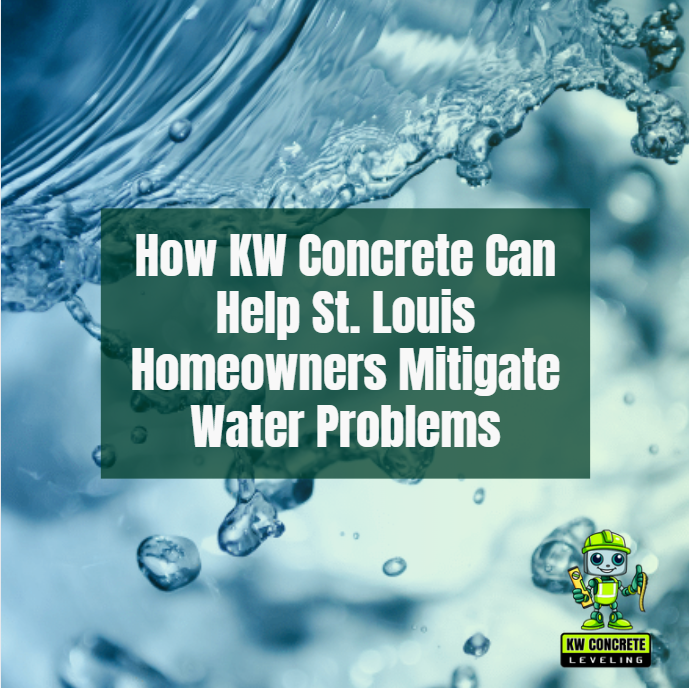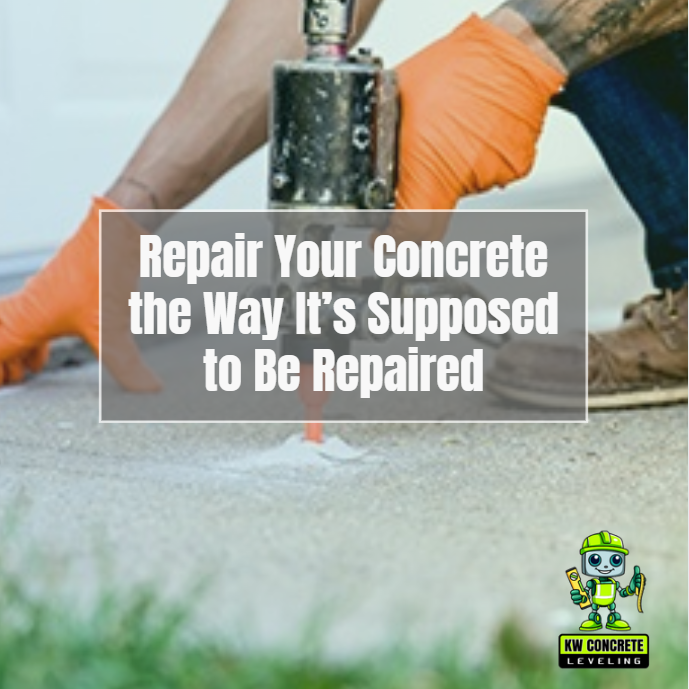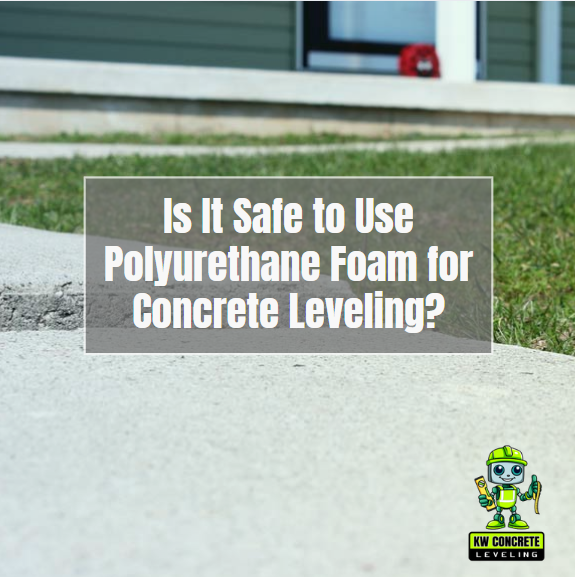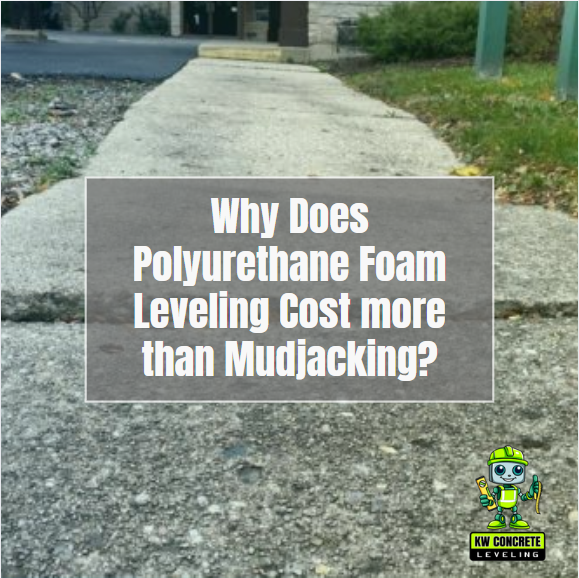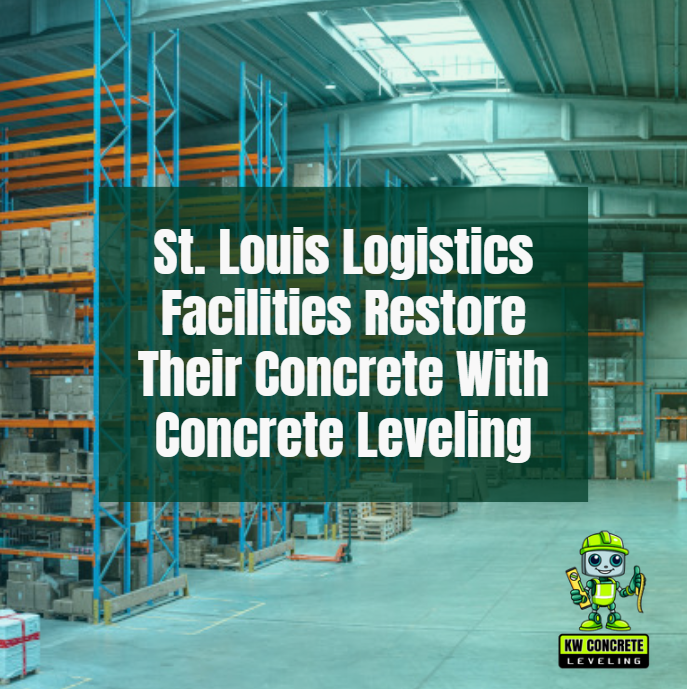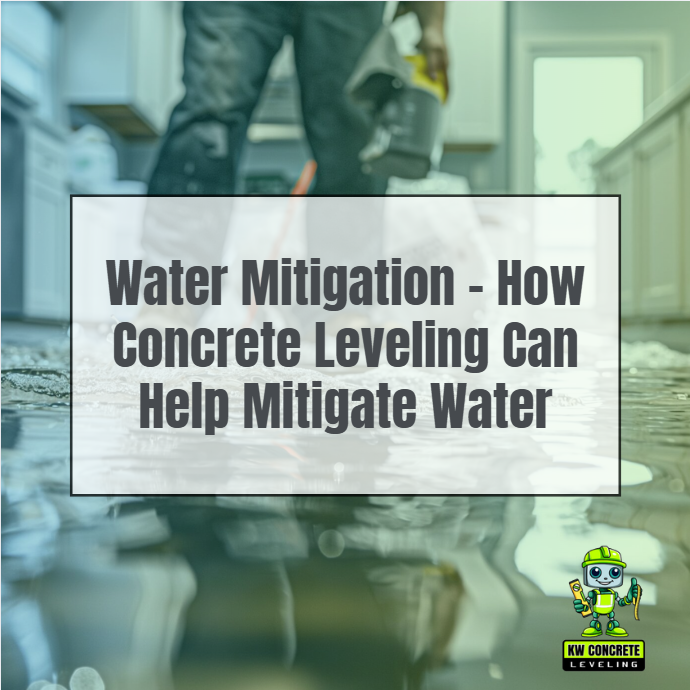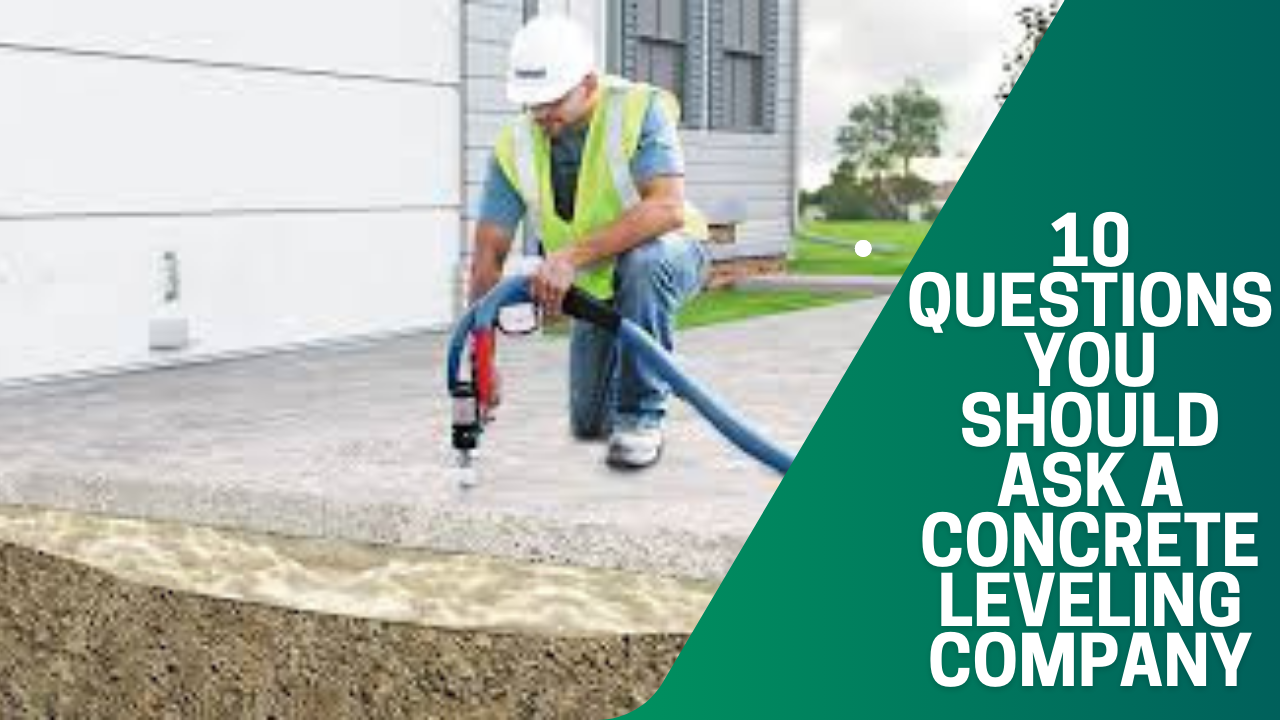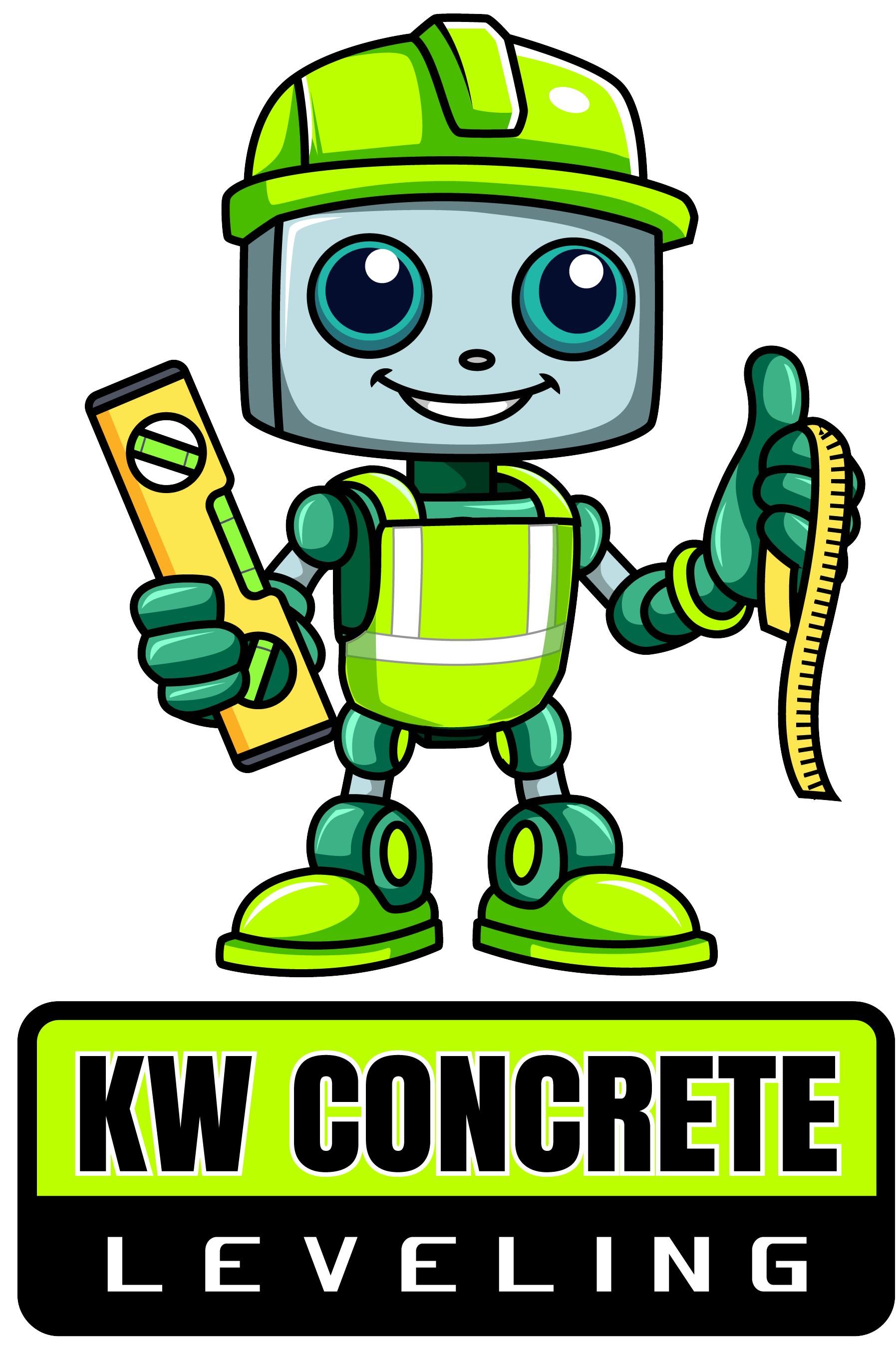Phone:
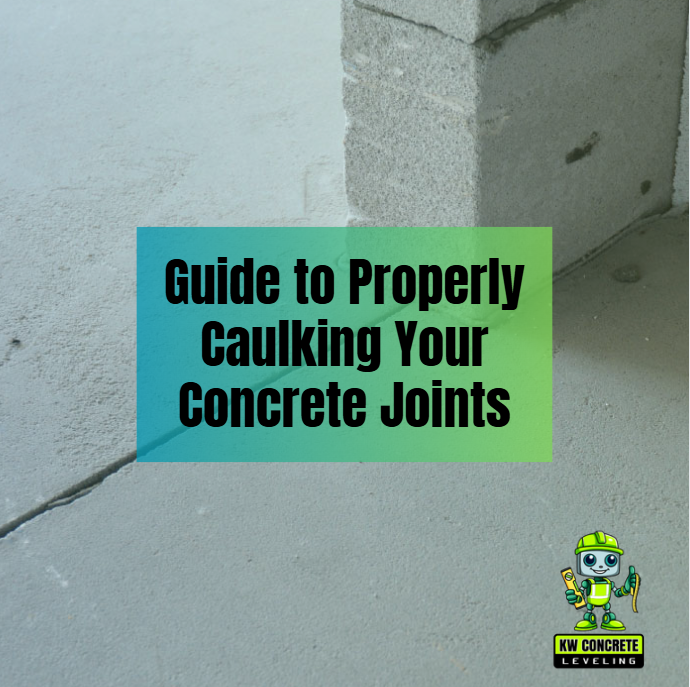
- Caulking concrete joints is crucial to protect surfaces from moisture, dirt, and structural damage.
- Choosing the right caulk ensures durability and a clean, professional finish.
- Proper preparation and application techniques are essential for long-lasting results.
- Avoid common mistakes to ensure your concrete joints remain protected and visually appealing for years.
What is Caulking, and Why is It Essential for Concrete Joints?
Caulk is a semi solid sealing material which fills holes, cracks and joints in wood, metal, concrete and glass. Its function is keeping out water, dirt, air, and debris from entering and causing structural damage. In concrete applications, caulking helps to keep the surface dry and clean by sealing it with a waxed seal.
Concrete is very durable but susceptible to weathering and movement. Over time it develops cracks and gaps due to temperature changes, settling, and environmental exposure. Water intrusion through these cracks can cause freeze-thaw damage, corrosion of reinforcement materials, and erosion.
Caulking prevents expensive repairs down the road by keeping your concrete in good condition. And caulking makes your concrete look better too. Properly sealing concrete joints can also preserve energy efficiency in structures by preventing drafts and moisture from entering structures.
In other words,
caulking concrete joints should be a routine job in both residential and commercial construction.
Concrete caulk is designed to bond to rough, porous surfaces and the harsh conditions that concrete is typically exposed to. In contrast to general-purpose caulks, concrete-specific caulks contain additives that improve flexibility, adhesion, and weather resistance.
These properties allow them to expand or contract with the movement of the concrete without cracking or peeling. Durability is another key property that sets concrete caulk apart from other materials.
It must be able to
withstand prolonged UV rays, rain, snow and changing temperatures without degradation. Also, concrete caulk often comes in gray tones that match the appearance of concrete.
The best concrete caulk for your project is dependent on what you need. The two most common and reliable kinds are silicone and silicone-based caulks.
High strength and flexibility make polyurethane caulk the excellent caulk for outdoor applications. It sticks to concrete, resists wear and tear and can withstand heavy foot and vehicle traffic.
It's also paintable, so it's a terrific option for projects in which aesthetics really do count. However, polyurethane caulk must be prepared and applied carefully because it cures longer than other types.
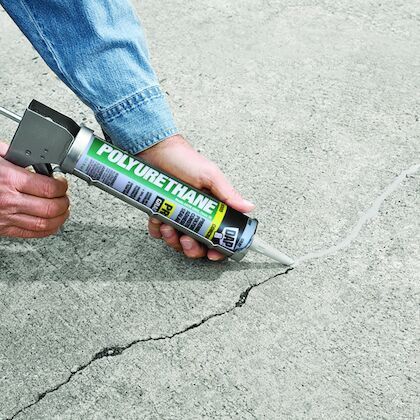
Silicone caulk is also known for its waterproofing and UV resistance. It's the go-to for moist areas like pool decks or basements. Silicone caulk is flexible, so it is ideal for joints that expand and contract frequently.
It isn't paintable however and may be harder to clean up after application.
The best option for your project will ultimately depend on the environment, the joint size and your finish. Occasionally a hybrid caulk that contains polyurethane and silicone is the best choice.
Understanding the various kinds of concrete caulk is essential when selecting the proper one for your application. The two primary categories are self-leveling and non-sag (non-self-leveling) caulk.
Self-leveling caulk is designed for horizontal surfaces such as driveways, patios and sidewalks. It flows freely into joints and gaps, creating a smooth, uniform finish without the need for manual smoothing.
Non-sag caulk is also used on vertical surfaces such as walls, columns, and stair risers. And unlike self-leveling products, it stays in place after application for a clean, controlled bead that won't drip or run.
This caulk must be manually smoothed but has good adhesion and flexibility for upright or overhead use. Non-sag caulk is used to seal vertical control joints, expansion joints, and cracks in retaining walls.
A properly done caulking job requires preparation and technique. The do's and do n'ts of caulking concrete are broken down:
- Choose the right caulk for the job: Make sure the caulk is designed for concrete surfaces. Self Leveling caulk is a great options for flat horizontal concrete surfaces.
- Prepare surfaces thoroughly prior to application: Clean the joint of dirt, dust, oil and loose material. A clean, dry surface helps with adhesion.
- Only fill small gaps with caulk: Caulk is best applied to joints less than half an inch wide. For larger gaps, fill most of the gap with a backer rod before caulking.
- Use no cheap caulk: Low-quality caulk may crack or peel within months.
- Necessary nail holes should not be filled with caulk: Caulk is not recommended for repairing nail holes or other surface imperfections. Instead use the appropriate filler.
- Do not paint paintable caulk unpainted: Exposed paintable caulk may degrade faster in the environment. For protection, always apply a coat of paint.
Even the best caulk will not work properly if applied incorrectly. Common mistakes include:
The sealant that you choose for your concrete joints should be durable, long lasting, and professional looking. Several factors to consider when choosing:
Environmental Conditions:
Consider the environment where the caulk will be applied. Is it in direct contact with heavy rain, excessive heat or cold temperatures? Outdoor projects require sealants that will not degrade in harsh weather and fluctuating temperatures. For moist areas such as basements or pool decks, use a waterproof caulk like silicone
Traffic & Load:
If the area is subjected to large foot or car traffic like a driveway or patio, then you need a heavy-duty caulk with excellent abrasion resistance and flexibility. For such situations, polyurethane caulks are often the right option because they bond effectively and hold together under constant pressure.
Joint Size & Depth:
The type of caulk and the application method will depend on the size of the joints you're sealing. For larger gaps, backer rod to reduce caulk usage and bonding. Self-leveling caulk works well for wide horizontal joints and non-sag caulk works well for narrow vertical cracks.
Paintability:
If you are going to paint over the caulk, choose a paintable product. Silicone caulk is generally not paintable, but polyurethane caulk can be painted after cure to match surrounding surfaces.
Longevity/Maintenance:
Some caulks require more maintenance than others. Most high-quality polyurethane and hybrid caulks will last the longest with minimal upkeep. Choosing a durable product saves you time and money on repairs later.
Follow professional caulking techniques when applying for long-lasting success. How can you get the very best results:
- Use a Backer Rod for Deep Joints:
For joints deeper than 12 inches, fill most of the space with a foam backer rod. This will help the caulk bond, reduce waste, and avoid the caulk from sinking into the joint over time.
- Apply Caulk in Consistent Beads:
Hold the caulk gun at 45 degrees and apply the sealant in a continuous motion. Consistent beads make a tight seal and eliminate air pockets or gaps.
- Now Smooth the Caulk:
After applying the caulk, smooth with a caulk finishing tool or a damp finger. This ensures a tight bond and a smooth finish. It also eliminates air pockets that can weaken the seal.
- Follow the Manufacturer's Curing Guidelines:
Allow the caulk to cure for the recommended time before exposing it to moisture or traffic. Curing times depend on caulk type and environmental conditions - follow the instructions carefully.
- Consider Professional Help for Complex Projects:
For high-traffic or large areas, employing a professional could be the ideal move. Experienced contractors have the tools and know-how for a flawless application and lasting results.
A successful concrete joint caulking project requires planning, preparation and high-quality materials. Start by determining what your project needs - from the caulk type to the joint size and location.
Take your time to clean and prepare the surfaces correctly and do not apply too quickly. Following best practices will help keep your concrete joints sealed and protected for years to come.
Remember, the goal is not to fill gaps but to create a tough, attractive finish that completes the look of your concrete surfaces. Whether you tackle a DIY project or you employ an expert, the correct approach will help you save time, headaches and money later on.
The right caulk for your concrete joints is crucial for a long-lasting, professional finish. The most effective caulks are typically high-quality silicone caulks, depending on your project.
Knowing the types of concrete caulk, preparing your surfaces correctly and applying the caulk according to a professional method will protect your concrete from damage and extend its life.
Call For An Estimate!
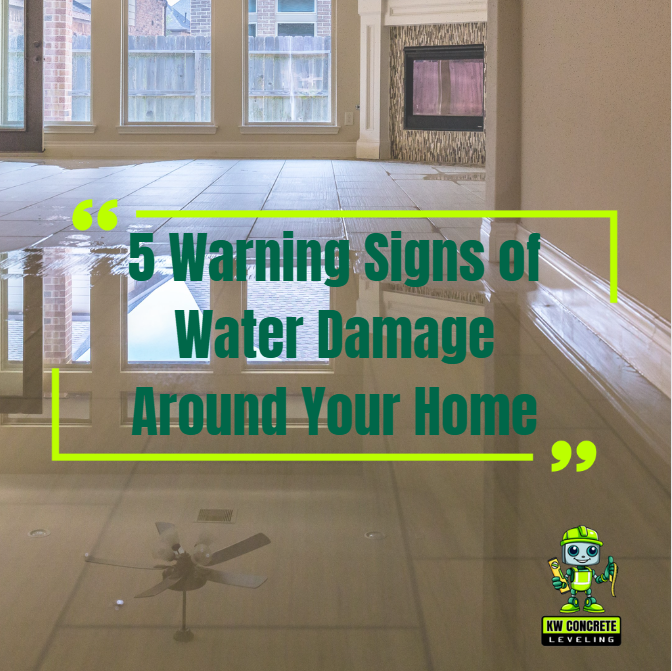
Quick Links
Contact Details
Phone: 314-661-5440
Location: St. Louis Missouri
Hours:
- Mon - Fri
- -
- Sat - Sun
- Closed
Privacy Policy | Terms & Conditions
All Rights Reserved | KW Concrete Leveling in St. Louis
